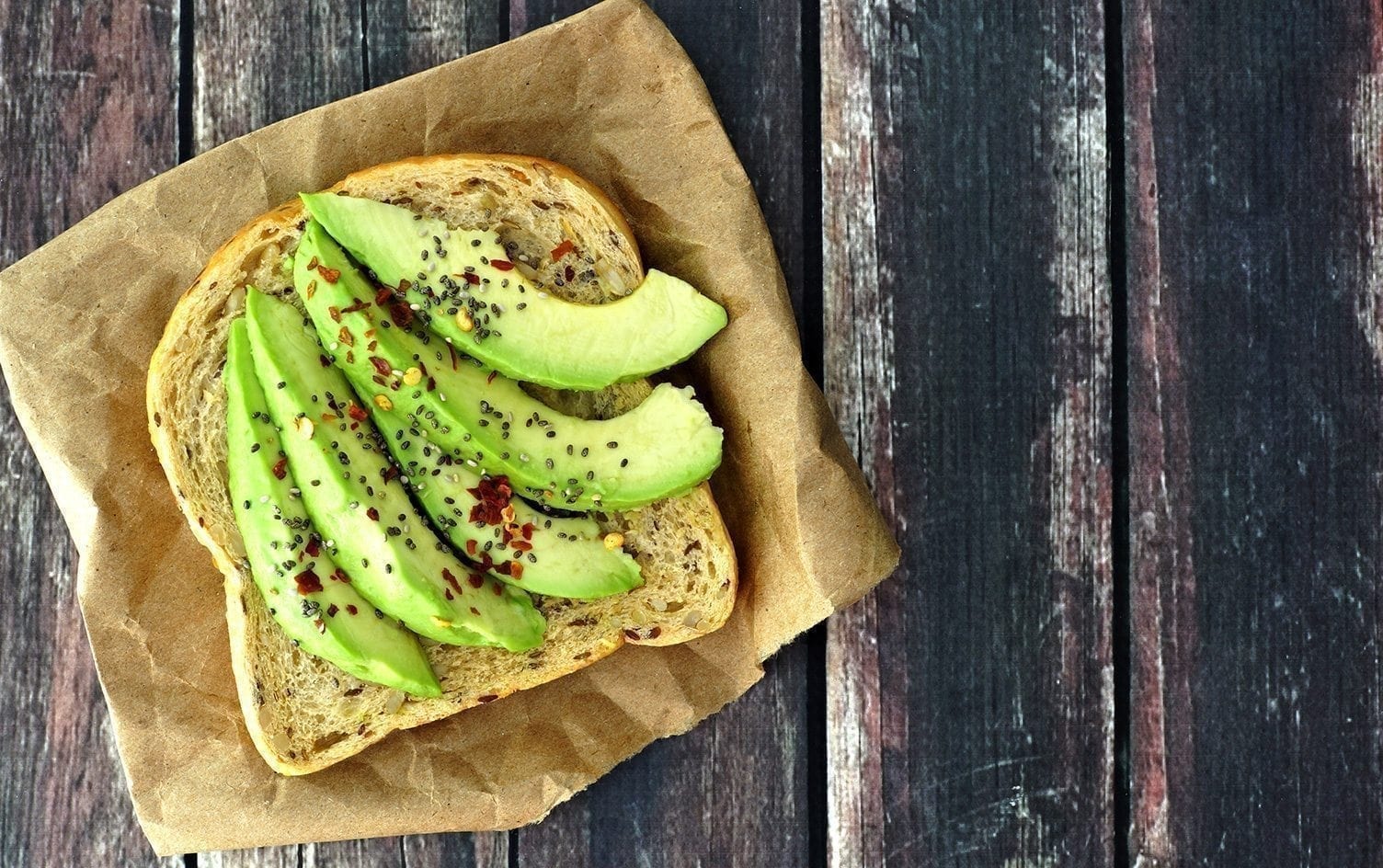When it comes to getting more vitamins, minerals, antioxidants and healthy fats, it’s tempting to think that simply loading more on your plate will give you a bigger boost.
But overloading your plate — even with the healthy stuff — isn’t usually the best strategy, according to Jessica Crandall, R.D.N. and spokesperson for the Academy of Nutrition and Dietetics. “Your body can handle only so many nutrients at once,” she says. “When you give it more, then it’ll just end up as waste. It’s like trying to put a month’s worth of gas in your car at once. Of course it will overflow and you can’t use what spills out.”
That means instead of going big on your meals and snacks, it’s much better to optimize three things: when you eat, the amount you’re consuming and what types of foods you’re putting together.
“Being smart about the way you eat, in addition to what you’re eating, helps you absorb nutrients more efficiently,” says Joy Dubost, RD, nutritional consultant and food scientist. “That can lead to all kind of benefits from athletic performance gains to better immune system function to deeper sleep.”
Try these four nutrient-boosting options to streamline your nutrition:
1. INCLUDE GOOD FAT
Healthy fats like olive oil, avocado or nuts, help your body to better absorb certain vitamins in some fruits and vegetables, as well as to make antioxidants more efficient, Crandall notes.
For example, vitamin A is fat soluble, which means that it requires fat in order to dissolve properly and get absorbed by the body. Without a drizzle of some fat, you might not be unlocking the full vitamin A potential of vegetables like carrots, romaine lettuce and spinach, as well as fruits like tomatoes.
In one study from Iowa State University, researchers found that people could access the vitamin A of those vegetables much easier if they used a full-fat dressing on their salads rather than a reduced-fat or fat-free dressing.
Crandall adds that it only takes a small amount to kickstart the reaction. Just a few tablespoons of olive oil, an ounce of almonds or a few slivers of avocado are often enough to unlock the vitamins in a vegetable-heavy meal.
2. EAT MORE FREQUENTLY
There’s some debate among researchers over the “eat smaller meals more often” advice that’s often been recommended for weight loss. Some believe it can keep blood sugar steady and increase satiation, but others feel like it doesn’t really matter and you should eat when you’re hungry.
But if you’re looking to maximize nutrient absorption as your main goal, you may be better off in the first group, Crandall says. She notes that eating every 4–6 hours allows the body to digest nutrients at a better pace, and also helps your liver and pancreas handle the excess without feeling overloaded.
“The best approach is to try this method for a few weeks and track what kind of changes you might see,” she suggests. That means paying attention to energy levels, sleep quality, fullness, hunger and digestive issues.
3. INCLUDE PREBIOTIC FOOD
You may be including foods with natural probiotics in your meals — and that’s a great strategy — but it’s also helpful to include those with prebiotics, too. Prebiotics are a type of fiber that probiotic bacteria feeds on to stay strong. They include oatmeal, asparagus, artichokes, bananas and leeks.
Dubost says that you can increase the effectiveness of probiotics — found in foods like yogurt, sauerkraut, kombucha and fermented pickles as well as supplements — by eating a prebiotic at the same time.
For example, if you’re digging into a post-workout yogurt for a protein boost, consider having a banana, too. That will help you use the probiotics more effectively, Dubost notes, and that keeps your gut healthy and happy.
READ MORE > 19 NUTRITION BUZZWORDS EXPLAINED
4. STEAM YOUR VEGETABLES
Raw vegetables usually have more nutrient density than those that are cooked — but the twist is that you can’t always access those nutrients as efficiently as you’d like.
A recent study looked at a variety of cooking methods and found that steaming is the ideal way to get to all those luscious nutrients within. Researchers found that steamed broccoli, for example, retained its chlorophyll, vitamin C and soluble protein, as opposed to boiling or stir-frying.
For other vegetables, like spinach and carrots, light steaming has been shown to deliver more absorbable antioxidants than the raw versions, Crandall says. That’s because cooking breaks down a vegetable’s outer layers and allows vitamins and minerals to be released.
By being more strategic with how you prepare your meals, when you eat and what you’re drizzling on top, you may find that it doesn’t take more healthy food to top off your tank — it just takes a smarter way to fill up.




